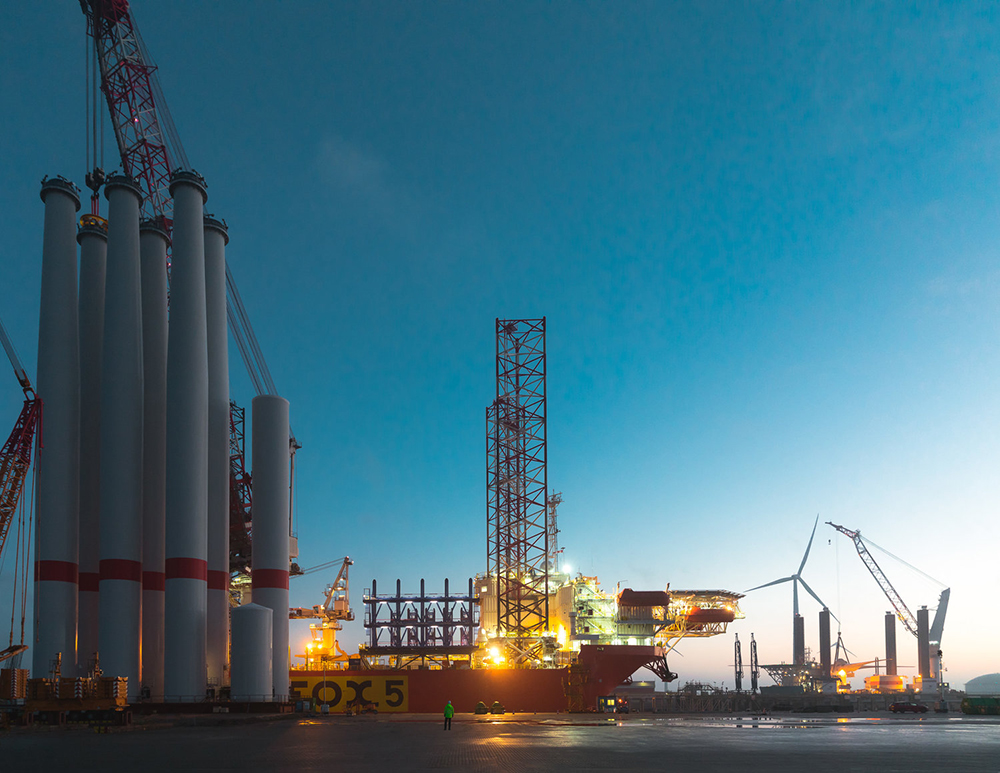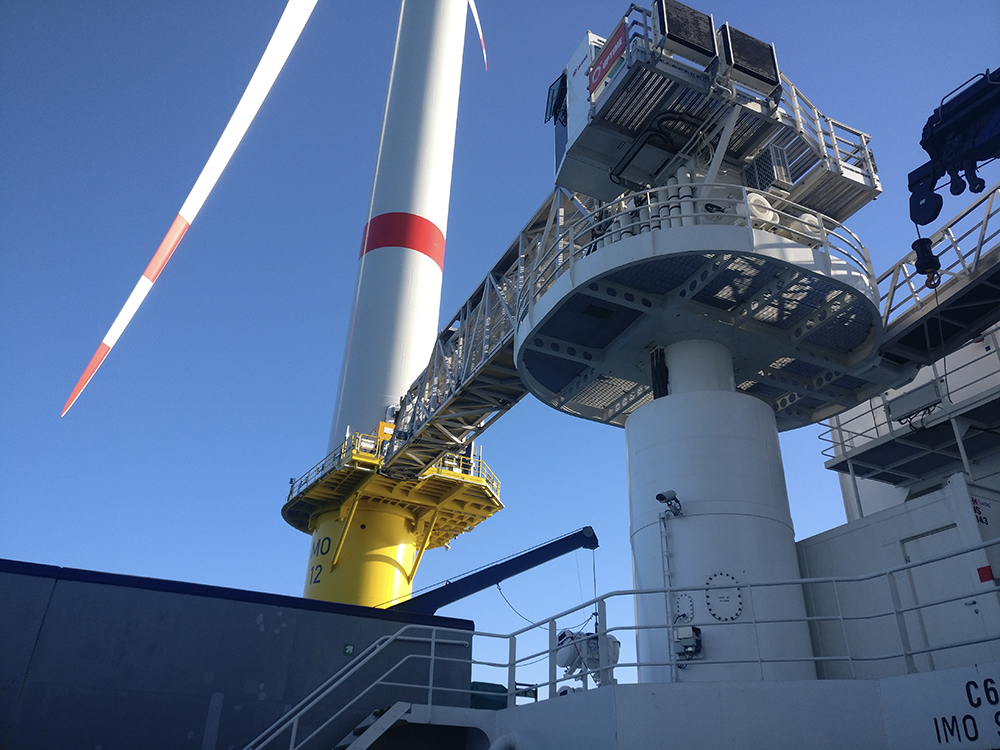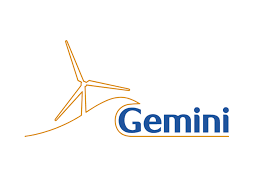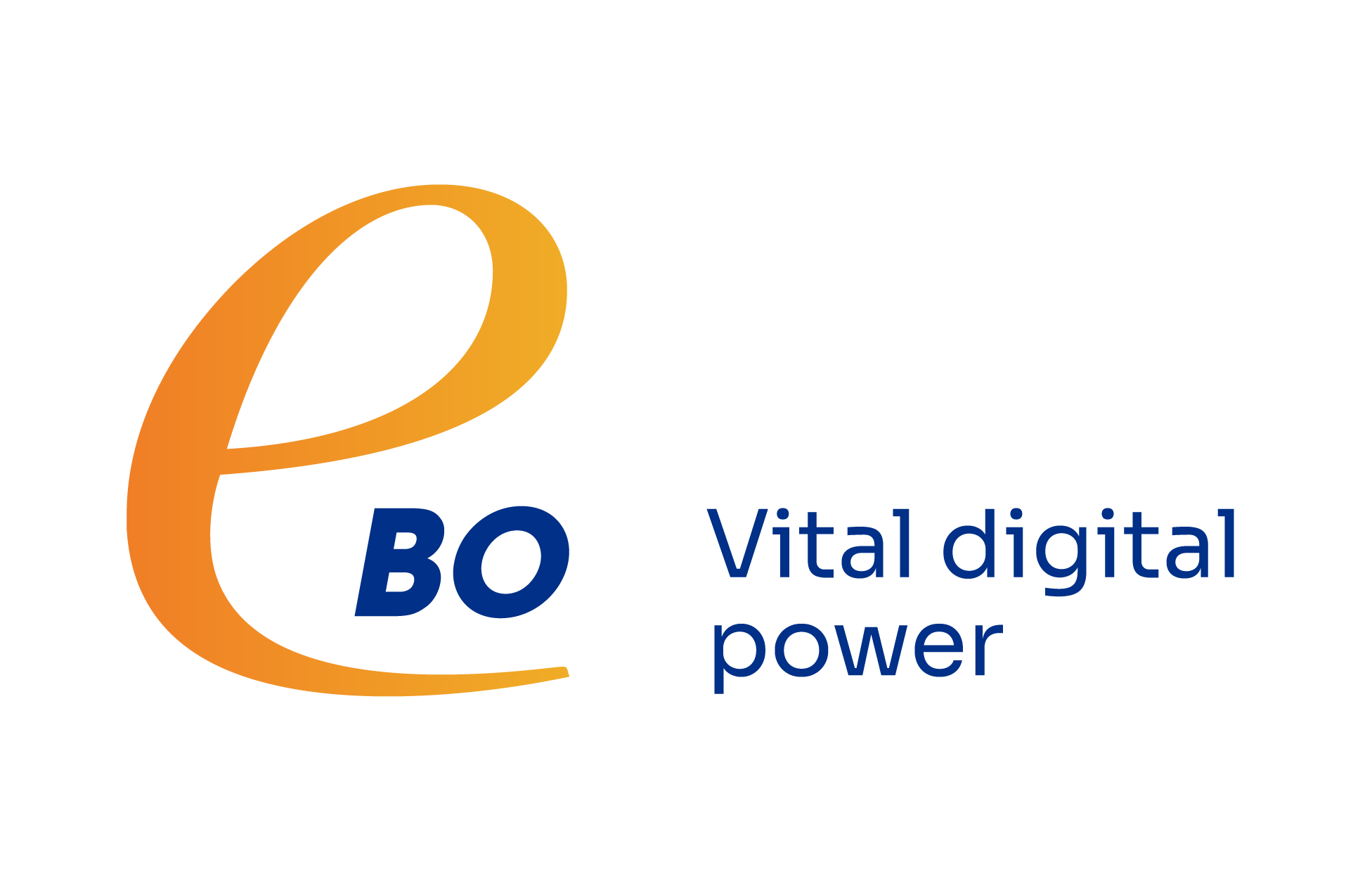The smart way to build and run offshore projects
Digitize your offshore wind farms and energy platforms with a secure, scalable platform combining digital backbone, centralized operations, and advanced insights.


The complexity of multi-site offshore operations
Building and operating offshore infrastructure presents unique challenges: harsh environments, scattered systems, and siloed tools that hinder safety, efficiency, and coordination. And all of these challenges increase as your wind farms grow and expand.
Your challenges:
-
Disjointed data across offshore infrastructure, vessels, and control systems
-
Insufficient connectivity in remote offshore zones
-
Rising cyber and physical risk in open-sea environments
-
Complex multi-vendor ecosystems and compliance demands
Offinity: for streamlined offshore operations
Offinity delivers a future-proof digital stack built to support both offshore wind farm project development and operations: from design and construction to full lifecycle management. The Offinity solution combines a robust digital backbone with a powerful digital brain, and is supported by full delivery and managed services.

Core capabilities include
Compute
High-performance edge/cloud building blocks for asset, turbine, and control-room digitization.
Connect
Reliable, cost-effective telco & edge connectivity to connect your entire digital offshore value chain.
Protect
Integrated cybersecurity and safety solutions to guard your assets & workforce, SOC-backed and offshore-compliant.
Navigate
A unified operational platform, including marine, asset, and resource apps, and partner apps for deeper insights.
Built for offshore wind farm developers and operators
Whether you’re overseeing wind farm construction, network operations, or infrastructure security, Offinity helps you to:
- Accelerate digital commissioning with modular building blocks
- Maintain seamless connectivity, even in remote offshore zones
- Secure offshore infrastructure with integrated physical and cyber protection
- Optimize safety and efficiency of your operations, without adding operator overhead
Trusted by offshore renewable energy leaders
As offshore wind pioneers, e-BO has designed and protected the digital infrastructure of more than 20 wind farms across Europe and APAC, representing over 6.5 GW of active production.
Start your offshore digital journey
Offinity supports a staged digital transformation. Begin with foundational connectivity and data architecture, then layer in apps, security, and partner integrations as your operation grows.











Ready to power your offshore digital journey?
Talk to our experts and discover how Offinity can accelerate, secure, and streamline your offshore projects and operations.
